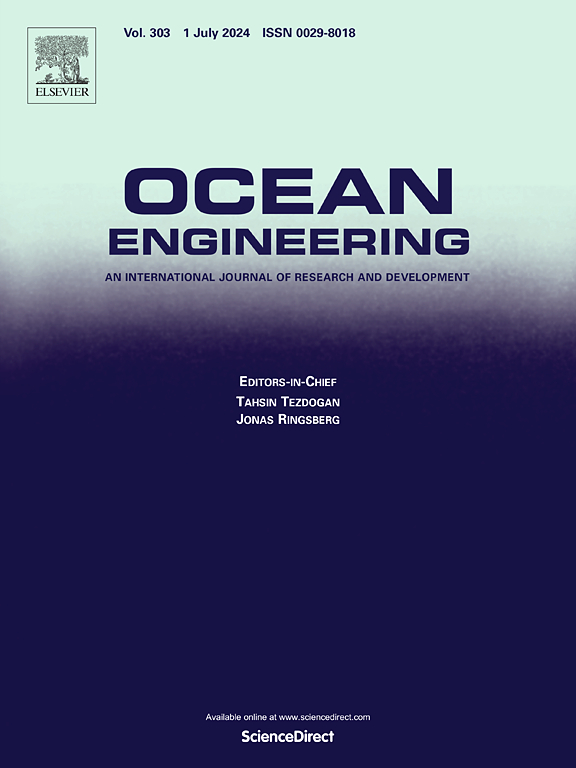Construction of a virtual dataset of maritime search and rescue targets for unmanned aerial vehicles
IF 4.6
2区 工程技术
Q1 ENGINEERING, CIVIL
引用次数: 0
Abstract
The success of Unmanned Aerial Vehicle (UAV) Maritime Search and Rescue (SAR) missions is highly dependent on the accurate detection and identification of ship targets, and the construction of high-quality datasets is the key to improving the performance of the algorithms. Existing real datasets suffer from high annotation cost, insufficient scene diversity, and difficulty in covering complex sea state and occlusion conditions. For this reason, this study proposes a virtual ship dataset generation method based on Unity3D, aiming to provide low-cost, highly automated and accurately labelled virtual data for UAV maritime search and rescue missions. The method generates diverse ship postures and backgrounds by constructing a large-scale marine scene simulation system, integrating dynamic weather, light, waves and other environmental variables, and designing three UAV shooting modes. Meanwhile, combining with the MVP transform principle in computer graphics, the automatic labelling of virtual ship bounding boxes is achieved, and the difference between virtual images and real scenes is reduced by post-processing techniques. In addition, the hybrid training strategy further validates the enhancement of virtual data on the generalisation ability of the model. In the hybrid training experiments with real and virtual data on two types of datasets, improved by 1.4 %,2.3 %, 1.4 %, 3.2 %, 0.5 % and 4.0 % respectively. The experimental results show that it is feasible to train and test a UAV maritime search and rescue target detector using the generated virtual dataset and demonstrate the improved model performance.

求助全文
约1分钟内获得全文
求助全文
来源期刊

Ocean Engineering
工程技术-工程:大洋
CiteScore
7.30
自引率
34.00%
发文量
2379
审稿时长
8.1 months
期刊介绍:
Ocean Engineering provides a medium for the publication of original research and development work in the field of ocean engineering. Ocean Engineering seeks papers in the following topics.
 求助内容:
求助内容: 应助结果提醒方式:
应助结果提醒方式:


